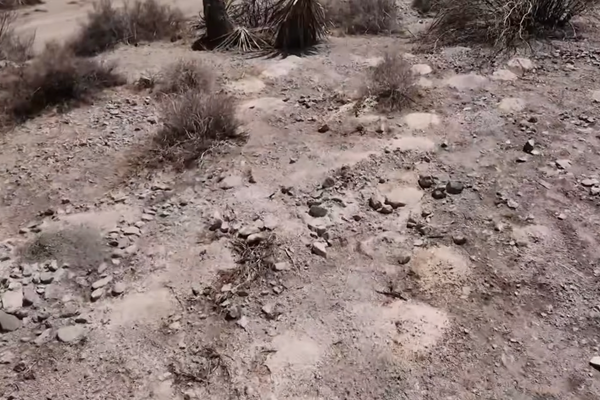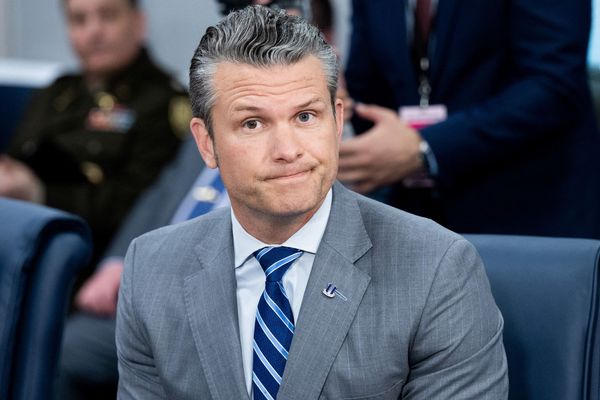
NEXT month marks 10 years since Norsk Hydro announced that it was closing its aluminium smelter at Kurri Kurri leaving 600 employees and hundreds of contractors out of a job.
It's a heavy industry closure that Upper Hunter mining companies could learn from, according to an international expert on mine rehabilitation and closure planning.
Dr Corinne Unger, a research fellow at the University of Queensland's business school, studied the Kurri Kurri smelter closure as part of her PhD after spending 30 years regulating the mining industry and managing abandoned mines.
Dr Unger said it was clear that Norsk Hydro recognised that community was critical to its ongoing business and the mining industry could learn a lot from its approach to closure planning as it faces a long-term global shift away from coal due to climate change.
"If you look closely at what they've done there, it doesn't appear to have been driven by the regulator, but by the company's desire to transition its workforce," she said.
"It put in a lot of effort to retrain and deploy its employees, so that most had a job before the refinery closed."
Equally as important, the Norwegian company took a "regional approach" to the closure, aimed at ensuring community ownership of the process.
"It engaged with the regional plan. So it recognised that what it was doing on its site, and what it would do after closure, related strongly to, and should relate strongly to, what was going on in the region around it," she said.
"There is no doubt a tendency for mines to be managed in isolation of their surroundings."
Developers Jeff McCloy and John Stevens teamed up to take over the redevelopment of the Kurri smelter site, with advanced plans for industrial estates, a business park and a new suburb called Loxford Waters.
Planning for the 2000-hectare site has been under way since the smelter ended operations in 2012 and shut permanently in May 2014.
"They looked at different land uses in the same parcel, so they have to address the contaminated land, but they are also protecting areas for biodiversity," Dr Unger said.
"There's a whole integrated plan going on around how that land will be used, I don't see that happening so far for mine land, and it's likely to be in part with how it's regulated, but it's also requires the industry to stick its neck out to help determine what is going to be done with sites and it's going to have to be more than turning it back into grazing or biodiversity."
With direct access to the nearby Hunter expressway - which opened two months after the smelter shut - re-use of the smelter site is viewed as imperative by planners if Kurri is to recover some of the economic momentum it lost, along with hundreds of jobs, at closure time.

Dr Unger said there needed to be a complete rethink about closure planning in the mining industry.
"I think most mining companies would admit they are only here to do this job and then they want to get out," she said.
"If you go back to the Kurri Kurri smelter example, their job was to do the refinery, but they took their responsibilities well beyond the end."
A 12-person community reference group representing Cessnock and Maitland councils, community groups and local residents was put together by Norsk Hydro to help guide the closure and land re-use options.
It has met 48 times since it was formed in 2014 and all meeting minutes are available online.
Dr Unger said genuine community engagement was what "sets some organisations apart".
"They have an ongoing process of engagement through community groups, and I'm not judging how effective that was, but by simply being able to read all the minutes of those meetings and see what was discussed and to see how they incorporated those concerns, into whether it's their risk assessment, or how they did some work, they were clearly open to the advice as they went through the process," she said.
"Simply being able to go to a company's website and see the whole engagement process laid out and all of those meetings recorded and transcribed. You can go in and analyse it, which I did as part of my PHD, and what I found was that transparency gives you a lot of confidence."
Dr Unger was even more impressed to see a "shift in focus towards regrowth" of Kurri as the process developed.
"We don't see that in mining, but you see it in refineries. You have to ask what it is about the regulatory frameworks that invites and encourages forward planning, or was it simply just that company."
Mr McCloy described the project as the biggest of his career - as did Mr Stevens, whose Central Coast company, the Stevens Group, has become a major player in the Hunter Region.
The well-advanced plans for the smelter lands, including a major new residential subdivision, would "change the culture of the Kurri Kurri and Cessnock areas", Mr McCloy said
"We're talking about a very professional company that has managed this closure with integrity," he said.
"They are still there on site managing things and it shows their commitment to the community and to the region."
Plans for the site received a boost last month when the Federal Government confirmed it will proceed with an $800 million gas plant project that will create 600 construction jobs.

The 660 megawatt plant, to be built and operated by Snowy Hydro 2.0, will employ about 10 people in an ongoing capacity. Its construction will create 250 temporary jobs, plus another 350 to extend the Sydney-Newcastle gas pipeline to the site.
Last year the NSW government approved remediation plans for the 80-hectare footprint where the smelter stood, centering on a lined containment cell adjacent to the old potlines.
Documents lodged with the Department of Planning, Industry and Environment put the estimated cost of the cell at $40 million, including a 30 per cent contingency.
The cell will take material from the present "Mount Alcan" capped waste stockpile, which will be trucked to the containment cell. The NSW government has "agreed to take on the ongoing management of the containment cell".
Mr McCloy said his group was close to submitting a development application for the first stage of the residential development and construction should start this year.
"It's an exciting project and in terms of job creation it will be up there as one of the state's biggest in terms of construction jobs and ongoing jobs," he said. "We're talking big players here like Woolworths and Bunnings."
Dr Unger said it was clear Norsk Hydro wanted to "shut down with respect".
"They wanted to be careful with how their employees and the community were treated throughout the process," she said. They recognised that reputation is important for getting the next industrial site or the next refinery opened up.
"They looked beyond their boundaries to how they could connect, they were thinking ahead for what was best for the community."







